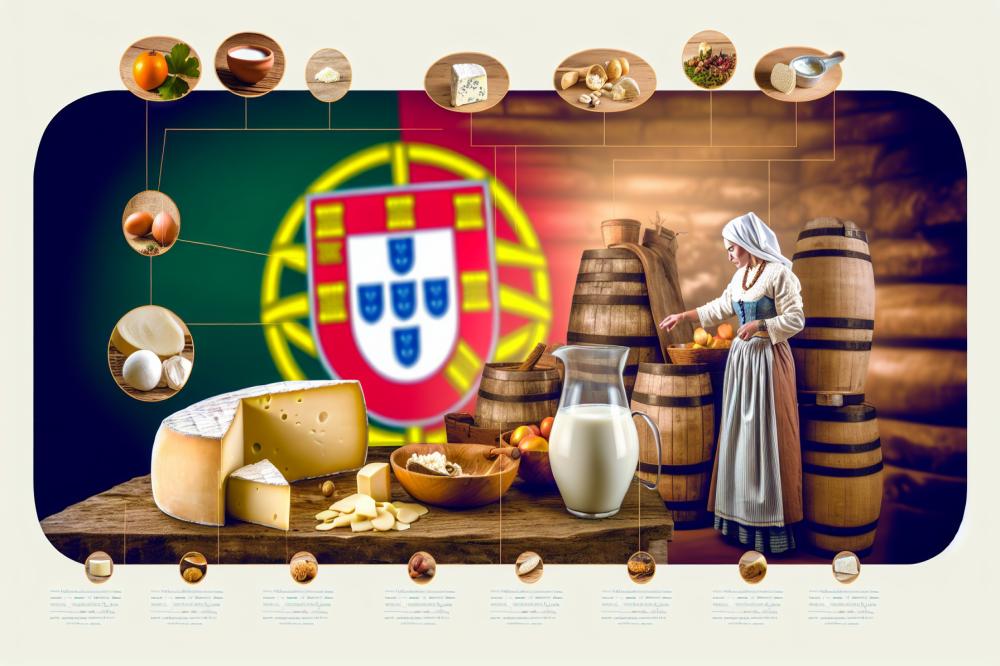The Art of Making Traditional Queijo de Évora
Queijo de Évora holds a special place in Portuguese culinary culture. This cheese is more than just a food item; it represents a rich history and a proud heritage. Many people in Portugal cherish traditional cheese, and those from the Alentejo region particularly appreciate Évora’s unique qualities. Its flavor profile is distinct and evocative, reminding consumers of the pastoral landscapes where the sheep graze.
Across Portugal, cheese-making is a time-honored tradition. Each region boasts its specialties, but Évora stands out. Its creamy texture and robust taste captivate both locals and visitors. The art of crafting this cheese is handed down through generations. It involves careful attention to every step, from selecting the highest quality milk to the aging process that develops its flavor. Truly, there are few cheeses that can match the character of Queijo de Évora.
Culinary enthusiasts adore exploring traditional cheeses. They appreciate the way each one tells a story about its geographical origins and the people who make it. Queijo de Évora showcases the artistry and dedication required in the cheese-making process. The balance of flavors is achieved through specific methods passed down through time, making it a remarkable discovery for anyone eager to taste Portugal’s heritage.
Queijo de Évora
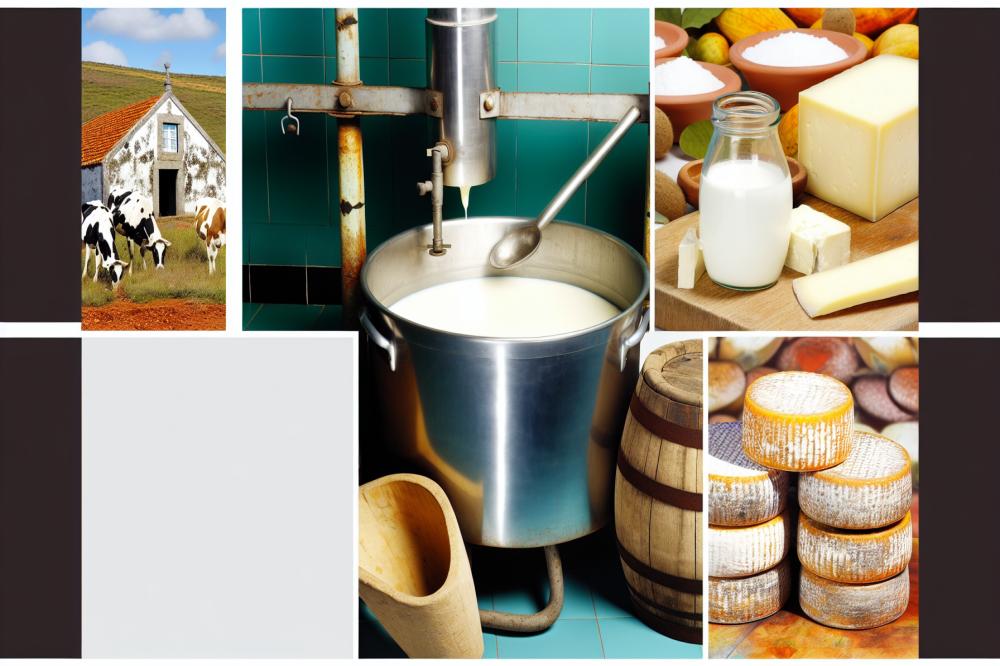
Queijo de Évora has a rich history that dates back centuries. This cheese comes from the Alentejo region of Portugal, where traditions and methods have been passed down through generations. It is made primarily from sheep’s milk, a reflection of the local herding culture that thrives in this dry, sunny landscape. Originating in a time when cheese was a vital food source, its craft still honors those ancient practices.
The flavor profile of this cheese is truly captivating. One might describe it as a harmonious blend of grassy and nutty notes. When tasted, a delightful mild sharpness dances on the palate, giving way to a creamy finish. Each bite reveals complexity, yet maintains a balance that appeals to various preferences. Such a profile allows it to shine in many dishes, or simply enjoyed on its own.
Texture plays a crucial role in the charm of this cheese. Queijo de Évora is semi-hard, with a smooth, slightly crumbly feel. It slices easily yet holds its shape well, making it ideal for cheese boards or sandwiches. The aging process enhances its character, leading to a firmer texture while retaining a lovely creaminess that is quite inviting.
Local ingredients are vital in the cheese-making process. Farmers in Alentejo use only high-quality sheep’s milk, contributing to the rich taste. The grazing pastures filled with wild herbs and grasses also impact the milk’s flavor. Traditional methods, from hand milking to artisanal production, ensure that each wheel of cheese reflects its heritage. Craftsmen often age their cheese in caves, where natural conditions help develop its distinct qualities.
Attention to detail is essential in every step of production. From the collection of milk to the final aging, traditions remain respected. Cheese-making workshops often welcome visitors, showcasing the skills needed to create this wonderful product. Such experiences not only educate but also allow people to connect with the past and appreciate the art behind a simple piece of cheese.
Traditional Cheese
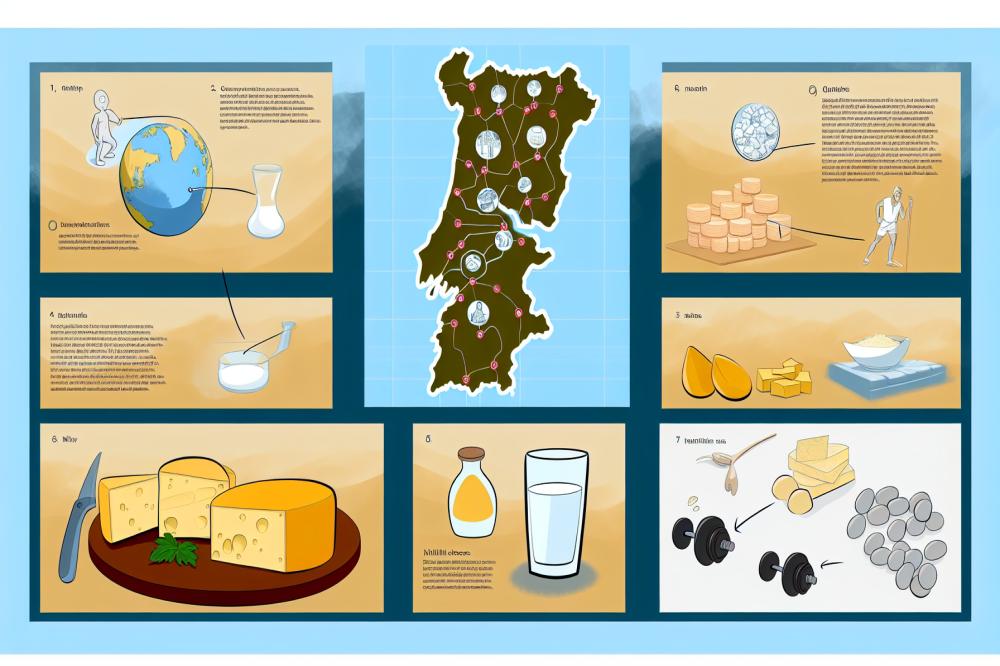
Cheese-making in Portugal is an art steeped in history. Traditions have been passed down through generations. Families often gather to create rich, tangy cheeses. Methods vary from region to region, showcasing local flavors. For instance, the craft involves a blend of milk, rennet, and culture. The process can take days, allowing flavors to develop.
Cheese holds a prominent place in Portuguese cuisine. It is more than food; it represents community and heritage. Many meals are incomplete without a cheese platter. People enjoy pairing cheese with bread and wine. Local varieties are often served at social gatherings and celebrations. Each bite carries the story of the land.
Comparison with Other Regional Cheeses
Throughout Europe, cheese varieties are endless. In Italy, for example, Parmigiano-Reggiano is cherished worldwide. It differs from Portuguese cheese in texture and aging methods. Meanwhile, the French offer Camembert, known for its creamy interior. Unlike Portuguese varieties, these cheeses emphasize different flavors and textures.
Portuguese cheeses often feature strong, earthy notes. Regional differences contribute to a distinct taste profile. In the north, cheeses can be more robust. On the other hand, lighter, fresher varieties are common in the south. Each region’s climate and landscape shape its cheese. This diversity highlights the rich traditions of cheese-making in Portugal.
Traditional cheese-making methods often emphasize local ingredients. Farmers strive to use milk from local breeds, enhancing authenticity. Cheeses molded by hand tell a story of dedication. Every cheese has a unique character, influenced by its surroundings. This connection to land makes Portuguese cheese special.
Queijo de Évora Recipe
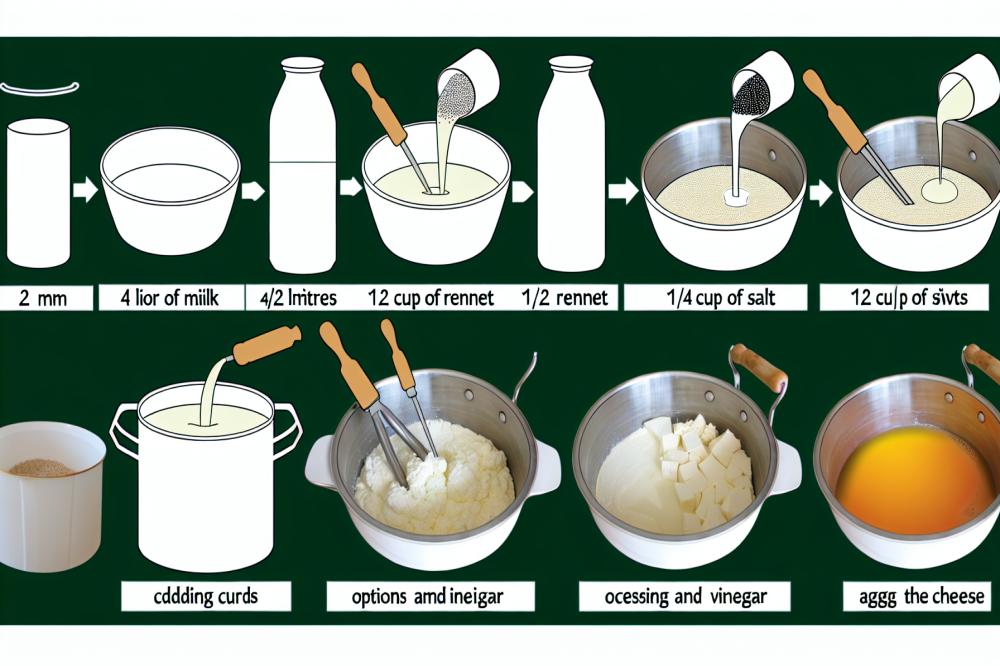
Ingredients
- 4 liters of whole milk
- 1/4 cup of rennet
- 1/2 cup of salt
- 1/4 cup of vinegar
- Herbs and spices (optional, like rosemary or paprika)
Recipe Instructions
- Begin by heating the milk in a large pot. Aim for a temperature of around 32 degrees Celsius.
- Add the vinegar to the warm milk and let it rest for 5-10 minutes. This step helps acidify the milk.
- Stir in the rennet gently. After mixing, allow the mixture to sit undisturbed until curds start to form.
- After curds form, cut them into smaller pieces. Cook them gently while stirring for about 15 minutes.
- Drain off the whey carefully. Transfer the curds into a cheese mold for shaping.
- Press the curds firmly for several hours. Then, remove the cheese from the mold and rub it with salt for flavor.
- Finally, let the cheese age. A period of 1-3 months will deepen the flavor, so choose according to your taste preference.
Nutritional Information
Each serving of this delightful cheese offers rich nutritional benefits. Expect a great source of protein, essential for muscle development.
Calcium content is impressive, contributing to strong bones and teeth. This cheese also contains probiotics, perfect for supporting gut health.
Overall, it’s a nourishing addition to your diet while providing a taste of traditional craftsmanship.
A Final Word on the Art of Queijo de Évora
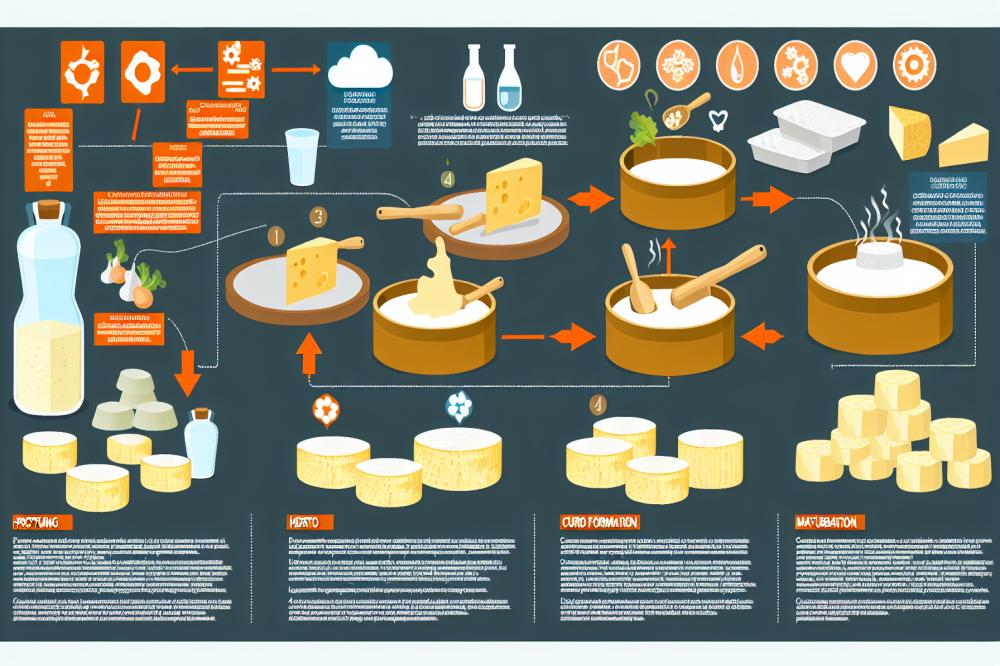
Queijo de Évora holds a special place in Portuguese culture. This traditional cheese reflects the rich history and craftsmanship of its region. Its delightful flavors and textures evoke a sense of pride among locals. Many families have passed down recipes for generations. Each bite tells a story of the land and its people.
Consider trying your hand at cheese making. It can be a rewarding experience. The process connects you to centuries of tradition. Using fresh, local ingredients will enhance your creation. Don’t be afraid to experiment. Even if you’re new to it, you might just surprise yourself with how well you can replicate this cherished cheese.
Exploring other varieties can broaden your culinary horizons. Portugal is home to many excellent cheeses beyond Évora. Each has its own unique characteristics and flavors. Embrace the chance to discover these flavors. You may find a new favorite to enjoy. After all, sharing cheese can bring people together and spark conversations.
In summary, taking the time to learn about and create traditional cheeses offers both enjoyment and education. So gather your tools, invite some friends, and start your own cheese adventure. Make it a fun project that highlights the importance of this delightful aspect of Portuguese heritage.

